Introduction
Silicone rubber has made waves across several industries due to its versatile properties and wide array of applications, particularly within construction. We will explore innovative uses for the unique properties of silicone rubber in construction as we look into how this remarkable material is revolutionizing how we build.
Silicone rubber is a synthetic compound derived from silicone polymers composed of silicon, oxygen, carbon, and hydrogen atoms. Due to its exceptional properties it finds extensive usage across industries ranging from construction materials work, from automotive and aerospace silicone rubber to healthcare and electronics; yet its impact in construction cannot be underrated.
Silicone rubber meets these demands perfectly, making it a highly sought-after material among builders, architects, and engineers.
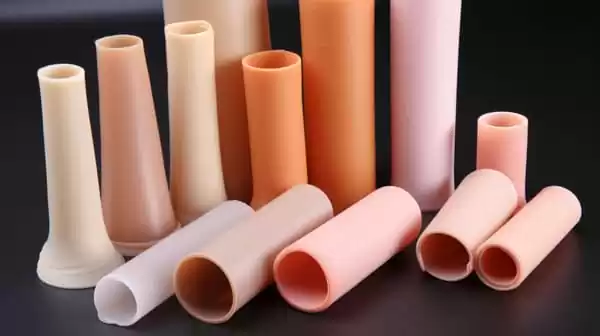
In this article, we’ll explore the many unique uses of silicone rubber in construction. From weatherproofing and sealing, structural glazing and insulation to energy efficiency improvements and aesthetic enhancement, silicone rubber has proven its worth time after time across residential, commercial and even industrial plants and structures alike.
II. Waterproofing Systems
Silicone rubber-based coatings and membranes play a vital role in waterproofing systems, offering effective protection for various areas prone to water ingress and moisture-related issues.
Silicone Rubber-Based Coatings and Membranes for Waterproofing:
Silicone rubber-based coatings and membranes are widely utilized in waterproofing systems due to their exceptional water-resistant properties. These materials are designed to create a seamless and durable barrier that prevents water infiltration and protects the underlying structures from moisture-related damage.

Protection for Roofs, Balconies, Basements, and Other Susceptible Areas:
Silicone rubber coatings and membranes are commonly used to waterproof critical areas of buildings, including roofs, balconies, basements, and other vulnerable surfaces. These areas are particularly susceptible to water penetration and require reliable protection to prevent leaks, mold growth, and structural deterioration.
Benefits of Silicone Rubber Coatings in Preventing Water Ingress:
Silicone rubber coatings offer several key benefits in preventing water ingress and safeguarding against moisture-related issues:
a) Seamless Protection: Silicone rubber forms a seamless and flexible barrier when applied as a coating or membrane. This ensures that there are no gaps or vulnerable spots through which water can infiltrate.
b) Durability and Longevity: Silicone rubber coatings have excellent durability and can withstand harsh weather conditions, UV radiation, and temperature fluctuations without degradation. This long-lasting protection helps to extend the lifespan of the waterproofing system and reduces the need for frequent maintenance.
c) Mold and Mildew Resistance: Silicone rubber’s inherent resistance to moisture makes it an effective deterrent against mold and mildew growth. By creating a moisture-resistant barrier, silicone rubber coatings help maintain a healthy indoor environment and prevent potential health issues associated with mold exposure.
d) Compatibility with Various Substrates: Silicone rubber coatings exhibit excellent adhesion to a wide range of substrates, including concrete, metal, and masonry. This compatibility allows for versatile application on different surfaces, ensuring effective waterproofing in diverse construction scenarios.
e) Sustainable and Environmentally Friendly: Silicone rubber coatings are often formulated to be environmentally friendly, with low VOC (volatile organic compounds) content. This makes them a preferred choice for sustainable and construction materials and practices.
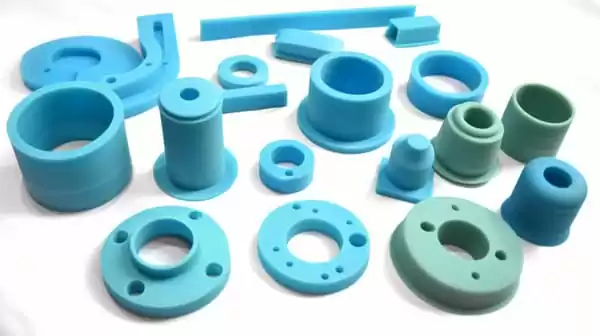
By utilizing silicone rubber coatings and membranes, construction professionals can effectively protect roofs, balconies, basements, and other susceptible areas from water ingress and associated moisture-related issues. The seamless and durable nature of silicone rubber applications these coatings provides long-lasting protection, ensuring the structural integrity and longevity of the building.
IV. Waterproofing Systems
Silicone rubber-based coatings and membranes are invaluable components of waterproofing systems, providing effective protection for a wide range of susceptible areas such as roofs, balconies, basements, and more. Let’s explore their use and the benefits they offer in preventing water ingress and safeguarding against moisture-related issues.
- Silicone Rubber-Based Coatings and Membranes for Waterproofing: Silicone rubber-based coatings and membranes are specifically formulated to offer exceptional water resistance and durability. These materials create a seamless, impermeable barrier that prevents water from penetrating the protected surfaces. They are designed to withstand the challenges of outdoor exposure, such as UV radiation, temperature fluctuations, and extreme weather conditions.
- Protection for Roofs, Balconies, Basements, and Other Susceptible Areas: Silicone rubber coatings and membranes are commonly applied to critical areas in buildings that are prone to water infiltration. These areas include:
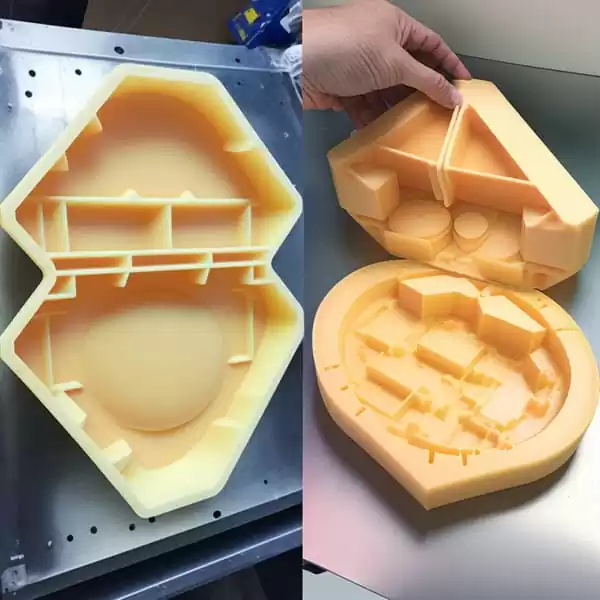
- Roofs: Silicone rubber coatings provide a protective layer that seals and waterproofs the roof, preventing leaks and extending its lifespan.
- Balconies: Silicone rubber membranes act as a reliable barrier, protecting balconies from water damage and ensuring their structural integrity.
- Basements: Waterproofing basements is crucial to prevent water seepage and moisture-related issues. Silicone rubber coatings create a strong barrier that safeguards against water ingress and protects the foundation of the building.
- Other Susceptible Areas: Silicone rubber is also used to waterproof areas such as terraces, bathrooms, and wet rooms, where water exposure is frequent.
- Benefits of Silicone Rubber Coatings in Preventing Water Ingress: Silicone rubber coatings offer several key benefits in waterproofing applications:
- Superior Water Resistance: The seamless nature of silicone rubber coatings ensures a watertight seal, preventing water from seeping into the protected areas.
- Durability: Silicone rubber coatings exhibit excellent resistance to UV radiation, temperature fluctuations, and weathering, ensuring long-lasting protection.
- Mold and Mildew Prevention: By effectively blocking water ingress, silicone rubber coatings inhibit the growth of mold and mildew, promoting a healthier indoor environment.
- Flexibility: Silicone rubber coatings can accommodate structural movements without cracking or losing their protective properties, maintaining the integrity of the waterproofing system.
- Compatibility: These coatings adhere well to various substrates, including concrete, metal, and masonry, allowing for versatile application in different construction scenarios.
- Energy Efficiency: Silicone rubber coatings can contribute to energy efficiency by reducing heat transfer and improving insulation, resulting in reduced energy consumption for heating and cooling.
By utilizing silicone rubber-based coatings and membranes, construction professionals can effectively protect vulnerable areas of buildings from water ingress and related moisture issues. These innovative solutions offer durability, flexibility, and superior water resistance, ensuring the long-term integrity of structures and promoting a safe and comfortable environment.
III. . Insulation and Energy Efficiency
Silicone rubber plays a significant role in thermal and acoustic insulation, contributing to energy efficiency and sustainable construction practices. Let’s explore how silicone rubber is used for insulation, its impact on regulating indoor temperature, and the benefits it offers in reducing energy consumption.
- Use of Silicone Rubber in Thermal and Acoustic Insulation:Silicone rubber is utilized as an insulation material in the construction industry due to its exceptional thermal and acoustic properties. It is commonly used in the form of sheets, foams, or coatings to create a barrier that minimizes heat transfer and sound transmission.
- Regulating Indoor Temperature and Reducing Energy Consumption:Silicone rubber insulation helps regulate indoor temperature by acting as a thermal barrier. It reduces the transfer of heat between different spaces, whether it’s keeping the warmth inside during cold weather or preventing excessive heat from entering during hot weather. This insulation capability contributes to maintaining comfortable indoor environments while reducing the need for extensive heating or cooling systems.
- Energy Efficiency and Sustainable Construction Practices:Silicone rubber insulation contributes to energy-efficient and sustainable construction practices in several ways:
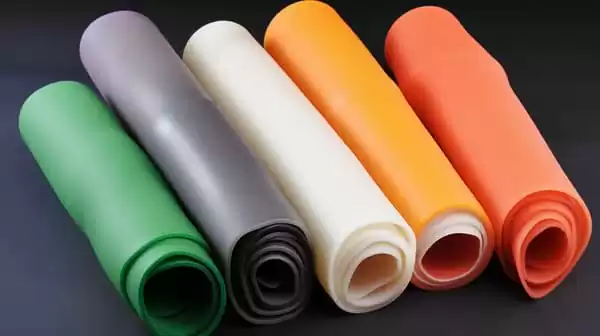
- Reduced Heat Loss: By minimizing heat transfer through walls, floors, and roofs, silicone rubber insulation reduces heat loss, leading to significant energy savings. It allows buildings to retain warmth in colder climates and reduces the reliance on heating systems, thereby lowering energy consumption and associated costs.
- Enhanced Cooling Efficiency: In warmer climates, silicone rubber insulation helps keep the interior cooler by reducing heat gain from the external environment. This improves the efficiency of cooling systems, reducing the need for excessive air conditioning and promoting energy conservation.
- Environmental Impact: Silicone rubber is considered a more sustainable alternative to traditional insulation materials. It is free of harmful substances such as CFCs (chlorofluorocarbons) and HCFCs (hydrochlorofluorocarbons) and has a lower environmental impact. Additionally, silicone rubber insulation is often manufactured using recycled materials, contributing to resource conservation and waste reduction.
- Noise Reduction: In addition to thermal insulation, silicone rubber also provides effective acoustic insulation. It helps to absorb and dampen sound vibrations, reducing noise transmission between different spaces and enhancing occupant comfort.
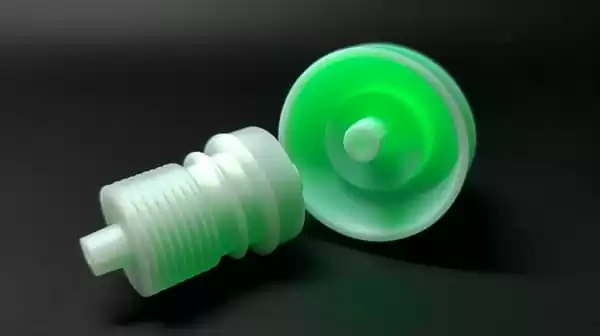
By utilizing silicone rubber for thermal and acoustic insulation, construction professionals can achieve energy-efficient buildings energy efficient and sustainable buildings. The insulation properties of silicone rubber contribute to maintaining comfortable indoor environments while reducing energy consumption and carbon footprint. Moreover, the use of silicone rubber insulation supports sustainable construction practices by minimizing environmental impact and promoting resource conservation.
IV. Other Innovative Uses in Construction
Silicone rubber demonstrates its versatility in construction through various additional applications, including adhesives, protective coatings silicone sealants, and tooling materials. Let’s explore these uses and highlight the diverse ways silicone rubber meets the needs of the construction industry.
Adhesives, Protective Coatings, and Tooling Materials:
Silicone rubber is widely employed as an adhesive in construction due to its excellent bonding properties. It is used to securely join different materials, such as glass, metal, and plastics, providing reliable and durable connections traditional building materials.
Furthermore, silicone rubber-based protective coatings offer a safeguard against corrosion, abrasion, and UV damage. These silicone materials and coatings help extend the lifespan of structures, enhance durability, and reduce maintenance requirements.

In tooling applications, silicone rubber is used as a mold-making material due to its exceptional flexibility and ease of use. It enables the production of intricate shapes and patterns, making it an ideal choice for creating molds for architectural elements and decorative features.
Seals, Gaskets, and Glass Bonding:
Silicone rubber plays a crucial role in the construction industry as it is extensively utilized in the manufacturing of seals and gaskets. These components provide airtight and watertight seals, ensuring the integrity of joints and connections in various applications, including plumbing systems, HVAC systems, and structural elements.
Silicone rubber is also employed in glass bonding, enabling the secure adhesion of glass panels to frames in architectural and interior design applications. This innovative use of liquid silicone rubber contributes to the creation of visually striking glass structures and facilitates the implementation of expansive glass surfaces.
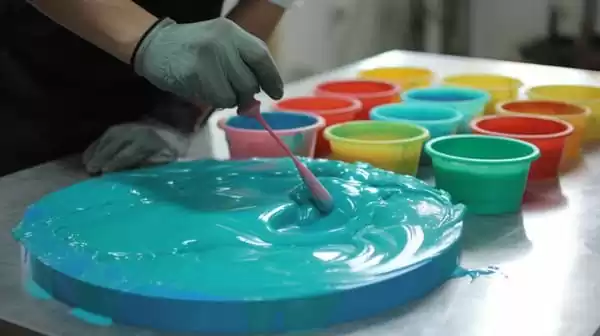
Industrial Settings, Including Oil Rigs:
Silicone rubber’s exceptional properties make it well-suited for demanding industrial environments, including oil rigs and offshore structures. It exhibits resistance to extreme temperatures, chemicals, and harsh weather conditions, providing durable and reliable performance in challenging settings. Silicone rubber is used in seals, gaskets, and other critical components to ensure the integrity and safety of these structures.
Versatility in Meeting Diverse Construction Needs:
One of the notable characteristics of silicone rubber is its versatility. It can be formulated to meet specific requirements, offering different levels of hardness, flexibility, and resistance. This adaptability allows silicone rubber to cater to a wide range of construction needs, whether it’s providing thermal insulation, soundproofing, or impact resistance. From residential residential and office buildings, to commercial complexes and industrial facilities, silicone rubber meets diverse construction challenges.

Through its applications silicone products such as adhesives, protective coatings, tooling materials, seals, gaskets, and more, silicone rubber showcases its versatility in addressing various construction requirements. Its remarkable properties enable innovative solutions, enhance durability, and ensure the long-term performance of structures across different sectors of the construction industry.
Conclusion
Silicone rubber has emerged as a game-changer in the construction industry, offering a multitude of aesthetic and innovative features and uses and reshaping construction practices. Throughout this article, we have explored the versatile applications of silicone rubber in various construction aspects.
In summary, silicone rubber has revolutionized the construction industry with its innovative uses and remarkable properties. Its contributions to energy efficiency, durability, and aesthetics are evident in the modern construction landscape. As technology advances and new possibilities emerge, silicone rubber will continue to play a pivotal role in shaping the buildings of the future, making them more sustainable, resilient, and visually captivating.



